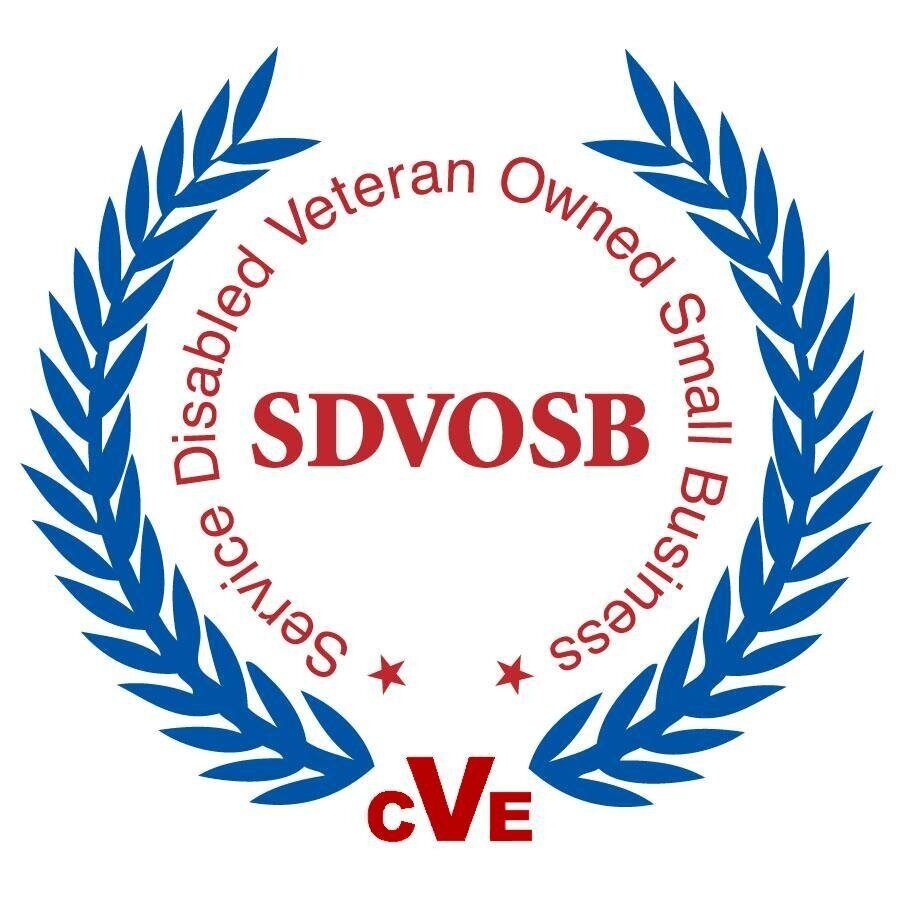The Coronavirus outbreak has been an eye-opener for the nation and the whole world as it alerts us to be better prepared to mitigate risks for future similar incidents. We should take advantage of this experience and use the lessons learned to minimize risks during future cases. Of course, the protection of human health is the first priority in all situations followed by the continuation of operations of all public and governmental services. If the continuation of operations of public healthcare services and of the medical supply chains is interrupted then the first priority is jeopardized. Hence, here are some risk management observations amongst others to be considered for updating your continuation of operations plan.
As with any other business or process flow, keeping lines of communication open between all stakeholders is of utmost importance for the continuation of operations of the services/organizations. All associated agencies and industry partners must have an effective communication plan which takes into consideration all means available to address unexpected technology down-times. The open lines of communication will facilitate the bidirectional sharing of information between all parties and the designated command and control team. In this Coronavirus outbreak incident, establishing clinical and containment best practices would be important information to be shared. For example, establishing best practices for:
a. Diagnosis of infected patients
b. Containment - response time and planning for:
· Handling each patient with the symptoms
· Identification of suspected cases
· Isolation methodologies and when it is appropriate
· Personal Protection Equipment (availability and usage requirements)
c. Limiting direct point-to-point contamination of clinicians, patients, etc.
It is evident that the clinicians who have come into direct contact with infected patients have also been victims of the Coronavirus. Therefore, one of our priorities is to protect our clinicians from direct point-to-point contamination. One way to do this is to minimize their exposure to the virus using our available technologies, such as: Mobile applications (IOT in Healthcare), Telemedicine services, portable test kits to detect the virus (mailed to patient’s home) as per the Purdue University biomedical engineers (https://www.24x7mag.com/news/paper-device-portable-coronavirus-detection/ ) and data mining/analysis algorithms.
In this telemedicine-service scenario, the clinician does not come into direct contact with the patient but is able to assess the patient remotely and determine if the test-kit results show to be positive or negative. If the test kit is positive then the clinician will direct the patient to the next clinical treatment phase as determined by the “best practices“ methodology directed down from the designated command and control team (in this case it would be the Center for Disease Control – CDC). Subsequently, the data analytical algorithms collect and disseminate valuable information to be used to manage and contain the proliferation of the virus.
Please refer to: https://www.linkedin.com/pulse/lessons-learned-from-coronavirus-german-john-baron/
Our team (Shepherd University, KRM Associates and Veterans Enterprise Technologies & Services LLC) shares some lessons learned yielded from the Coronavirus thus far. We believe that a collaborative approach and the sharing of information are crucial to resolving issues. We are committed to the enhancement of medical device security and the protection of healthcare sensitive information.
https://www.covid19treatmentguidelines.nih.gov/about-the-guidelines/whats-new/
